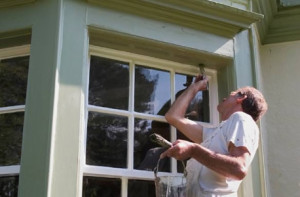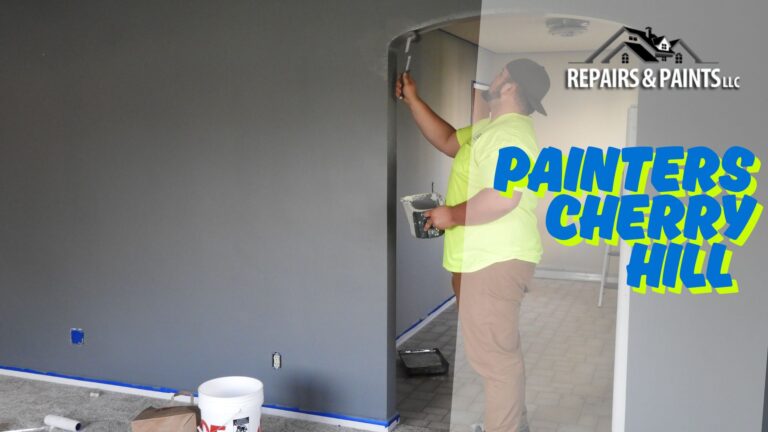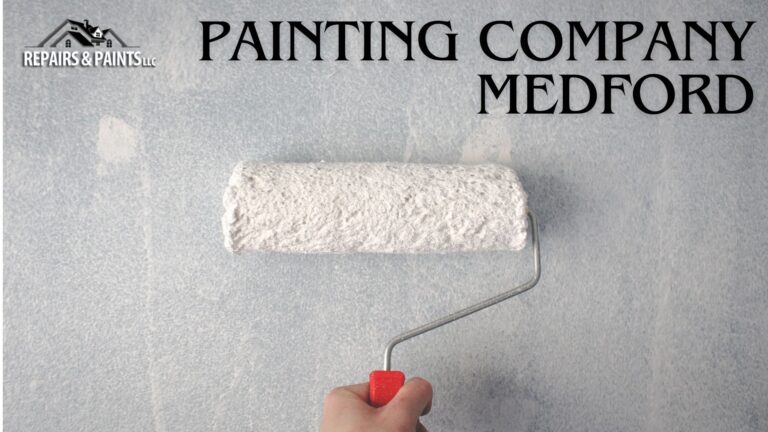You Get What You Paint
Professional Services, Information that can help!
 With so many paint colors to choose from on the market, it can be easy to get overwhelmed with your options, especially considering how every paint is made differently. These simple choices can not only affect your house but the bills and people in it. Did you know that the color of paint you choose can impact your utilities & energy used? Lighter colors reflects more light than the darker ones, which absorbs much more light, or energy, warming up your home. It then transfers the heat, warming the house more than the light-colored paint would. Dark, dull colors can absorb 70 to 90 percent of the sun’s radiant energy, which can then be transferred into the home. Meanwhile, light-colored paint can help reflect the sun’s heat away from the home. White walls, for example, will gain 35 percent less heat than black walls therefore requiring less energy to cool the home.
With so many paint colors to choose from on the market, it can be easy to get overwhelmed with your options, especially considering how every paint is made differently. These simple choices can not only affect your house but the bills and people in it. Did you know that the color of paint you choose can impact your utilities & energy used? Lighter colors reflects more light than the darker ones, which absorbs much more light, or energy, warming up your home. It then transfers the heat, warming the house more than the light-colored paint would. Dark, dull colors can absorb 70 to 90 percent of the sun’s radiant energy, which can then be transferred into the home. Meanwhile, light-colored paint can help reflect the sun’s heat away from the home. White walls, for example, will gain 35 percent less heat than black walls therefore requiring less energy to cool the home.
The paint shade or the material of the exterior of your house can affect the amount of heat (or cold air) that comes through the walls. Choosing more efficient materials or colors can potentially help lower energy bills by relying less on a mechanical heating or cooling system.
 Although white is the best color to save a bit of money, it’s not the most eye catching color for your home. It’s best to choose cooler colors that won’t trap heat and that will also give your home the look and appeal you desire. Keep in mind paint’s light-reflectance value – the amount of light it reflects – and this can play a key role in choosing the right color for certain spaces, especially those that don’t receive a lot of natural sunlight. Lighter tinted paints will generally have higher light reflectance values than darker ones. Most major paint manufacturers can tell you the Light Reflectance Value (LRV) of any color paint chip. White reflects 80% of the light, black 5%. Therefore, the higher the LRV number of the paint color, the less artificial light you will need.
Although white is the best color to save a bit of money, it’s not the most eye catching color for your home. It’s best to choose cooler colors that won’t trap heat and that will also give your home the look and appeal you desire. Keep in mind paint’s light-reflectance value – the amount of light it reflects – and this can play a key role in choosing the right color for certain spaces, especially those that don’t receive a lot of natural sunlight. Lighter tinted paints will generally have higher light reflectance values than darker ones. Most major paint manufacturers can tell you the Light Reflectance Value (LRV) of any color paint chip. White reflects 80% of the light, black 5%. Therefore, the higher the LRV number of the paint color, the less artificial light you will need.
But with every bit of knowledge comes caution. An extremely high lighting level combined with very light walls is bad if it creates glare and / or too much brightness on the wall. According to the Environmental Protection Agency this causes excessive stimulation and irritation of the eyes leading to mild to severe eye fatigue.
With moderation, choosing smarter and cooler colors can ultimately lead to lower bills, less impact on the environment and a happier you.








